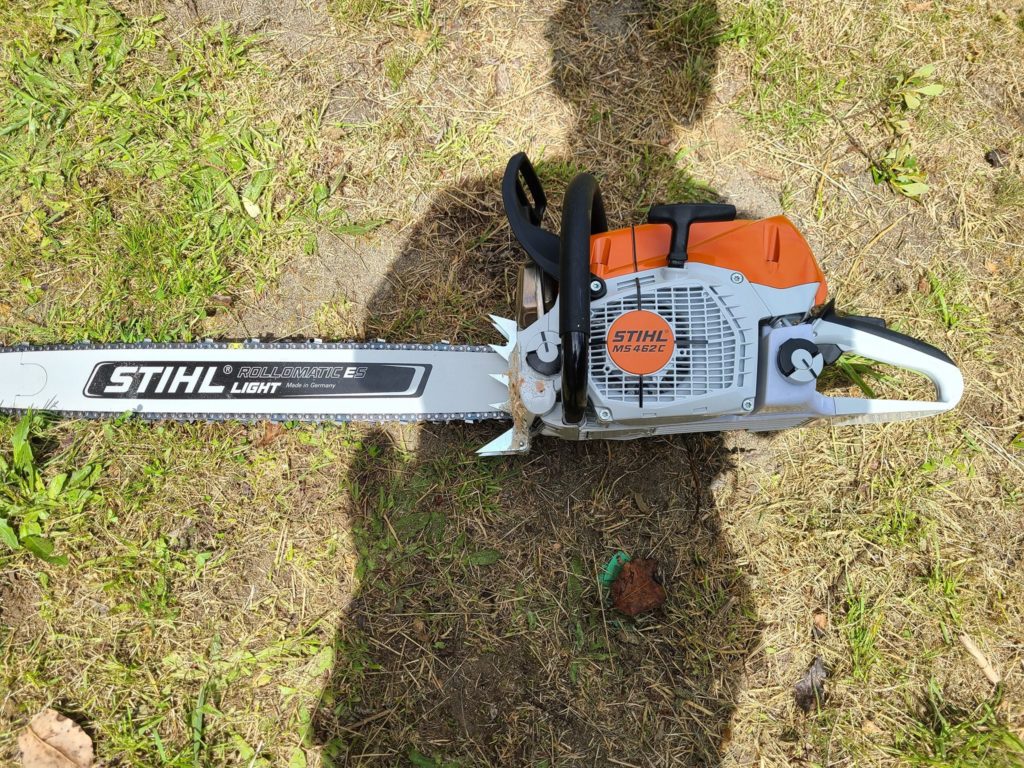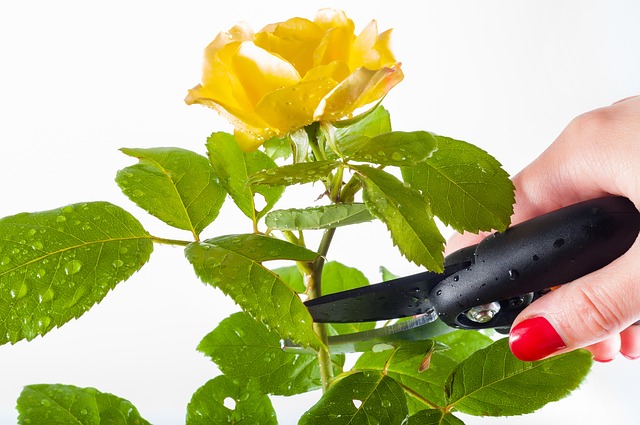This excerpt has been taken from “Tree & Shrub Gardening For Northern California” by “Bob Tanem Don Williamson”. Pruning is a horticultural and silvi-cultural practice involving the selective removal of certain parts of a plant, such as branches, buds, or roots which is well explained at “Tree Removal in Hayward CA“
Pruning maintains the health and attractive shape of a plant; increases the quality and yield of fruit; controls and directs growth; and creates interesting plant forms and shapes, such as espalier, topiary and bonsai. Pruning is possibly the most important maintenance task-and the easiest to mess up. Fortunately for new gardeners, it is not difficult to learn and is quite enjoyable if done correctly from the beginning.

Proper pruning combines knowledge and skill. General knowledge about how woody plants grow and specific knowledge about the growth habits of your particular plant can help you avoid pruning mistakes that can ruin a plant’s shape or make it susceptible to disease and insect damage.
If you are unsure about pruning, take a pruning course or hire a professional, such as a certified IAS (International Society of Arborists) member. Pruning courses are offered by local garden centers, botanical gardens, adult education courses and master gardeners. Certified professionals understand the plants and have the specialty pruning equipment to do a proper job. They might even be willing to show you some pruning basics. You should always call a professional to prune a tree growing near a power line or other hazardous area, or to prune a large branch that could damage a building, fence, car or pedestrian when it falls.
Plants are genetically programmed to grow to a certain size, and they will always try to reach that potential. If you are spending a lot of time pruning to keep a tree or shrub in check, the plant is probably wrong for that location. In cannot be emphasized enough how important it is to consider the mature size of a plant before you put it into the ground.
When to Prune
Many gardeners are unsure about what time of year they should prune. Knowing when a plant flowers is the easiest way to know when to prune. Trees and shrubs that flower in the early part of the year, before about July, such as box leaf azaras and forsythias, should be pruned after they are finished flowering. These plants form flower buds for the following year over summer and fall. Pruning just after the current year’s flowers fade allows plenty of time of time for the next year’s flowers to develop, without removing any of the current season’s blooms. Trees and shrubs that flower in about July or later, such as hardy hibiscus, can be pruned early in the year. These plants form flower buds on new wood as the season progresses, and pruning in the late dormant season just before the new growth begins will encourage the best growth and flowering.
In Northern California, the most dormant time for trees and shrubs is a six- to eight-week in December to mid-February. This period is the best time to prune most trees, with the exception of frost-sensitive plants, such as cape plumb ago and rhododendron, which are pruned after all danger of frost has passed.
Trees and shrubs vary greatly in their pruning needs. Some plants, such as box woods, can handle heavy pruning and shearing, while other plants, such as flowering cherries, may be killed if given the same treatment. The amount of pruning also depends on your reasons for doing it; much less work is involved in simply tidying the growth, then in creating an elaborate topiary specimen. Inspect trees and shrubs annually for any dead, diseased or awkwardly growing branches and to determine what pruning, if any, is needed.

Some plants, such as maples, have a heavy flow of sap in spring. The best time to prune these plants is in January and early February. Pruning at this time lessens the incidence of insects and disease. Take care when pruning any trees in the late dormant season because many canker-causing organisms are active at this time.
Pruning trees in fall is not recommended because a number of wood-rotting fungi species release spores at that time.
Always prune out any dead, diseased, damaged, rubbing and crossing branches as soon as you discover them, at any time of year.
When Not To Prune
Do not prune trees or shrubs when their buds have started swelling and the new growth is emerging. Wait until the leaves have fully formed and flowers are spent before pruning. This caution is particularly important for the heavy bleeding trees such as birch.
Continue reading on Annuals in the garden
